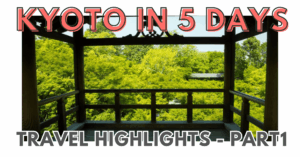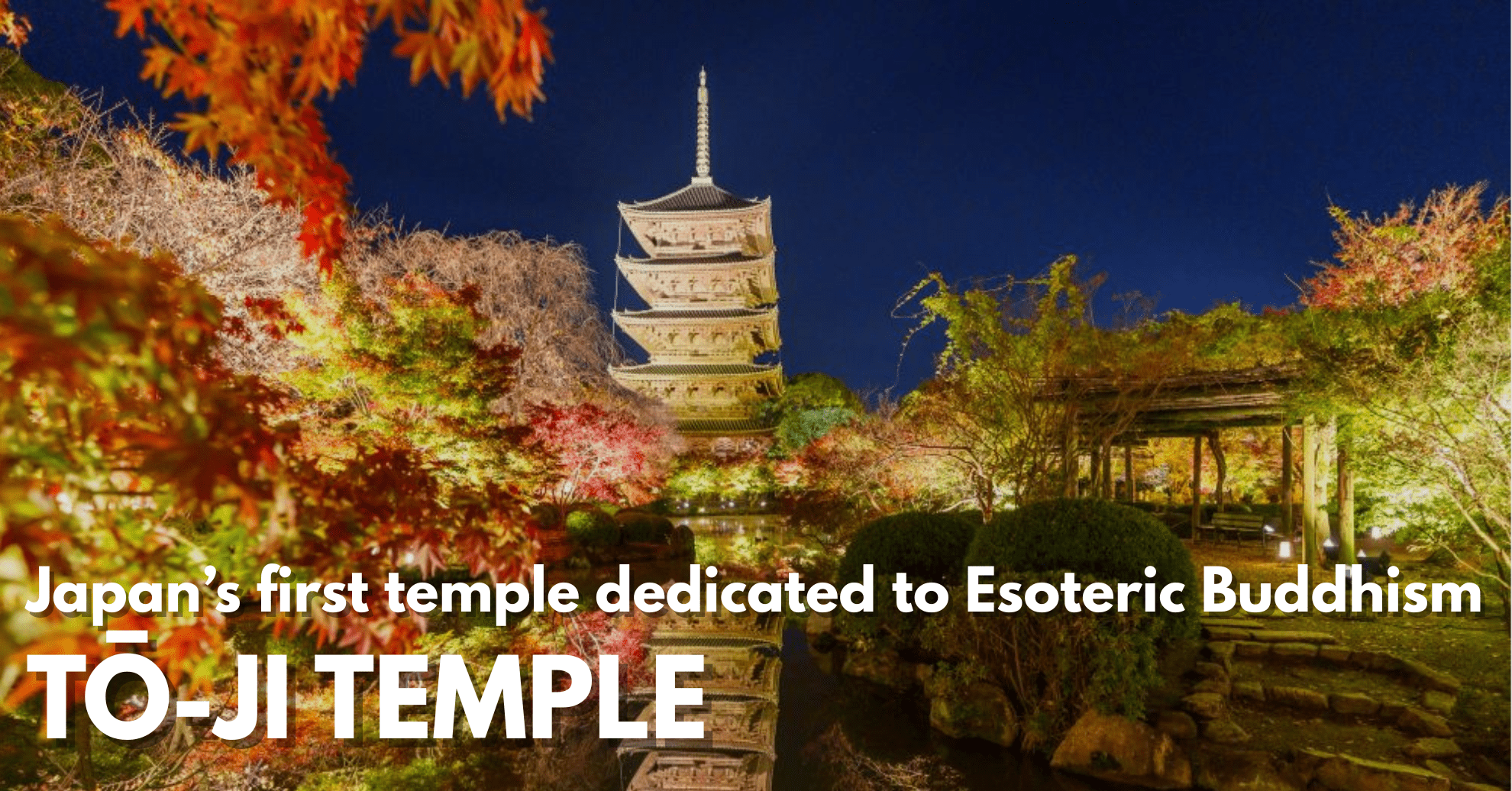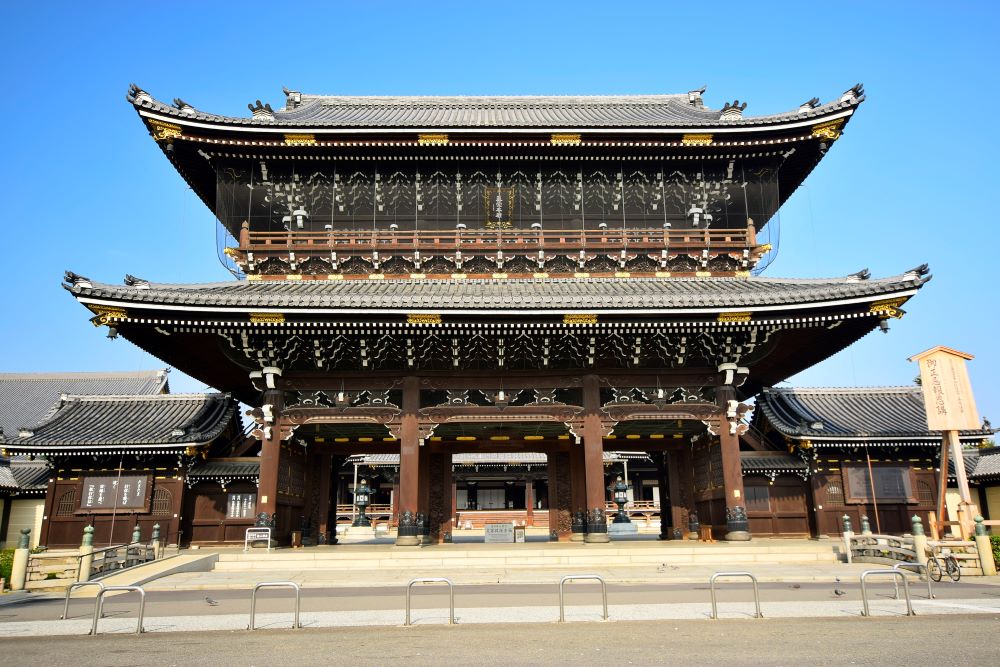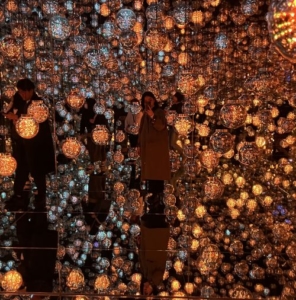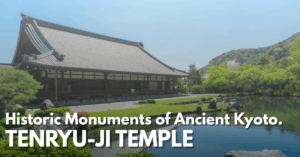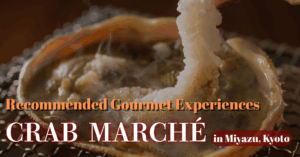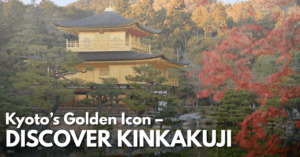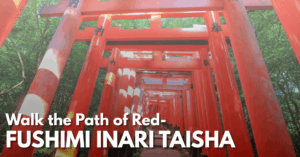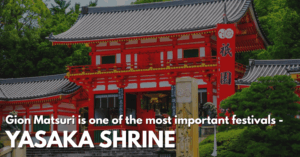Located within walking distance from Kyoto Station’s Hachijoguchi Exit, Tō-ji Temple is a historic site built over 1,200 years ago alongside the establishment of the Heian capital.
The temple enshrines Yakushi Nyorai (the Medicine Buddha), along with Nikkō Bosatsu and Gakkō Bosatsu, and has long been revered as a spiritual guardian protecting people from illness and misfortune.
Tō-ji was constructed to serve as the eastern protector of the capital alongside its counterpart Sai-ji Temple, symbolizing the prosperity of the era. It is also recognized as Japan’s first temple dedicated to Esoteric Buddhism.
This article introduces:
- Tō-ji’s must-see highlights
- The allure of seasonal events such as cherry blossoms and autumn leaves
- Limited-time special viewings
- Popular flea and antique markets
- Easy access information
It also includes an explanation of mandalas, which are central to understanding Esoteric Buddhism. By reading this article before your visit, you’ll be able to enjoy a much deeper and more meaningful experience at Tō-ji Temple.
What Is To-ji Temple?
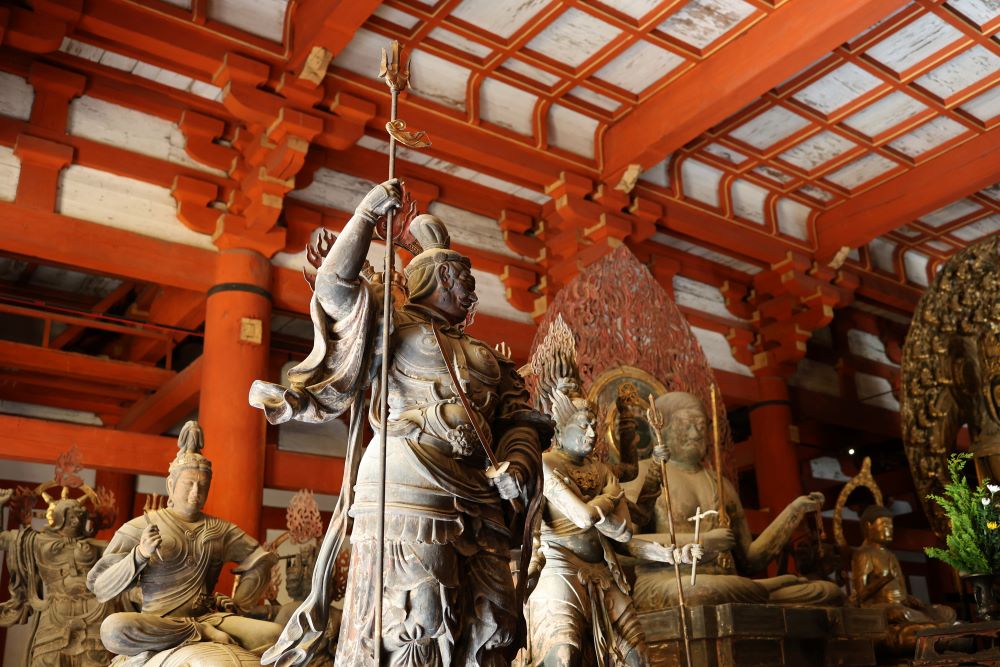
To-ji was entrusted to the monk Kobo Daishi Kukai in 823 by Emperor Saga, nearly 30 years after the relocation of the capital in 794. Kukai renamed it Kyoogokoku-ji and developed it as the main temple of Esoteric Buddhism (Mikkyo) in Japan.
One of his most remarkable contributions was the creation of a three-dimensional mandala in the Lecture Hall (Kodo) centered around Dainichi Nyorai. This vivid spatial arrangement brings the profound teachings of Esoteric Buddhism into a visually comprehensible format.
Top Highlights at To-ji Temple

・Five-Story Pagoda (Goju-no-to)
The tallest wooden pagoda in Japan and a defining landmark of Kyoto.
・Golden Hall (Kondo), Lecture Hall (Kodo), and Dining Hall (Jikido)
These three halls represent the essential Buddhist principles of Buddha (Kondo), Dharma (Kodo), and Sangha (Jikido)—together forming the foundation of Buddhist teachings.
・South Gate (Nandaimon)
Known for its intricately carved details and impressive scale.
・Mieido (Kobo Daishi’s Hall)
Former residence of Kukai, and one of the most sacred places within To-ji.
Suggested visit duration: 30 minutes to 1 hour.
Seasonal Events & Special Admission
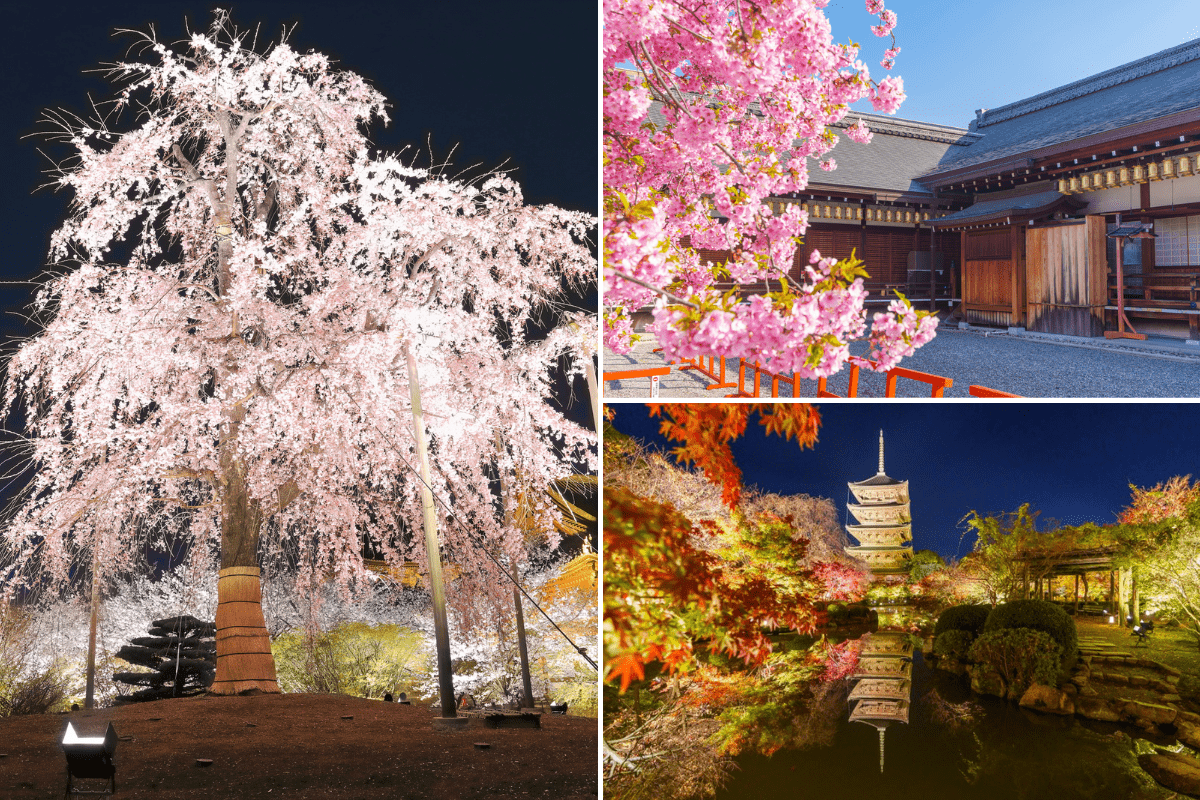
In spring and autumn, the five-story pagoda is illuminated, and special night visits are available. The breathtaking combination of cherry blossoms or autumn leaves with the lit-up pagoda is a sight you can only experience here.
During these seasons, the Treasure Hall is also often open, allowing visitors to see many important works of Esoteric Buddhist art, including the Thousand-Armed Kannon and the Triad of Buddhas. It’s a rare and valuable opportunity, so if you’re interested, be sure to visit !
Special Exhibitions in 2025!
In 2025, limited-time special openings are planned for the winter, spring, and autumn seasons. Details will be updated as they’re announced, so stay tuned!
Kyoto Winter Journey – Special Five-Story Pagoda Viewing
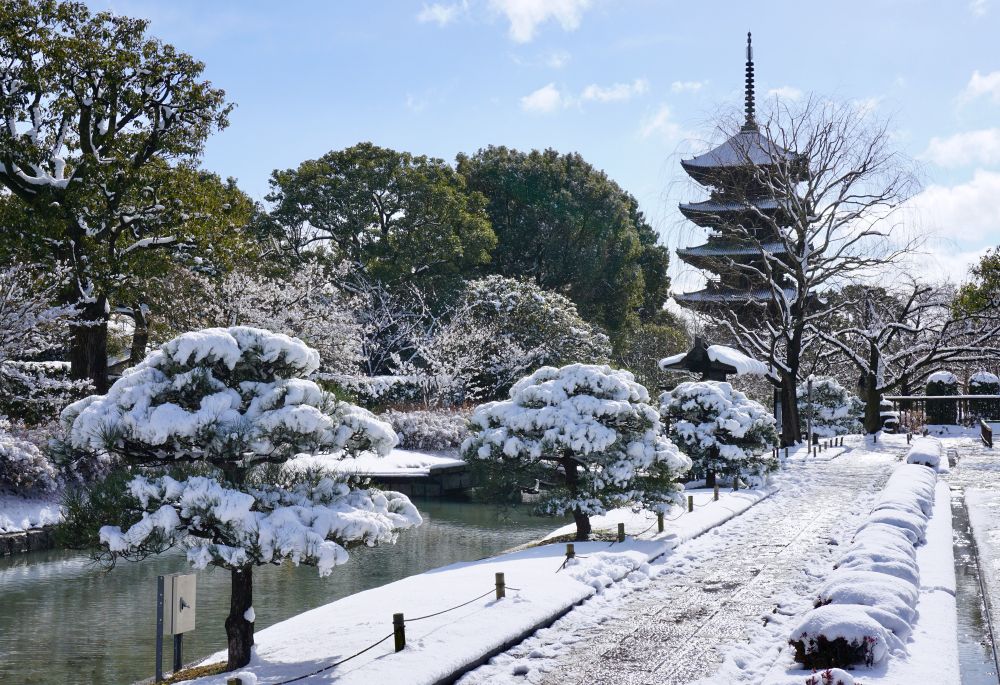
January 10 – March 18, 2025
To celebrate the 30th anniversary of “Historic Monuments of Ancient Kyoto” being inscribed as a UNESCO World Heritage Site, many temples across Kyoto—including Tō-ji—will open cultural treasures that are normally closed to the public.
At Tō-ji, visitors will have the rare chance to step inside the first level of the Five-Story Pagoda. The interior is beautifully decorated with brilliant patterns, centered around the main pillar representing Dainichi Nyorai, surrounded by statues of the Four Buddhas of the Diamond Realm.
Be sure not to miss this extraordinary sight, and pair your visit with the breathtaking three-dimensional mandala of 21 Buddhist statues displayed in the Lecture Hall—together they offer a once-in-a-lifetime experience of esoteric Buddhist art.
| Admission Fees – Kyoto Winter Journey Special Viewing ・Five-Story Pagoda (first level) + Kondo & Kodo Adults: ¥800 / High school students: ¥700 / Junior high & younger: ¥500 ・Kanchiin Temple Adults & High school students: ¥500 / Junior high & younger: ¥300 ・Combined Ticket (Pagoda + Kondo/Kodo + Kanchiin) Adults & High school students: ¥1,000 / Junior high & younger: ¥600 |
Nighttime Cherry Blossom Illumination (Special Evening Viewing of the Kondo & Kodo)
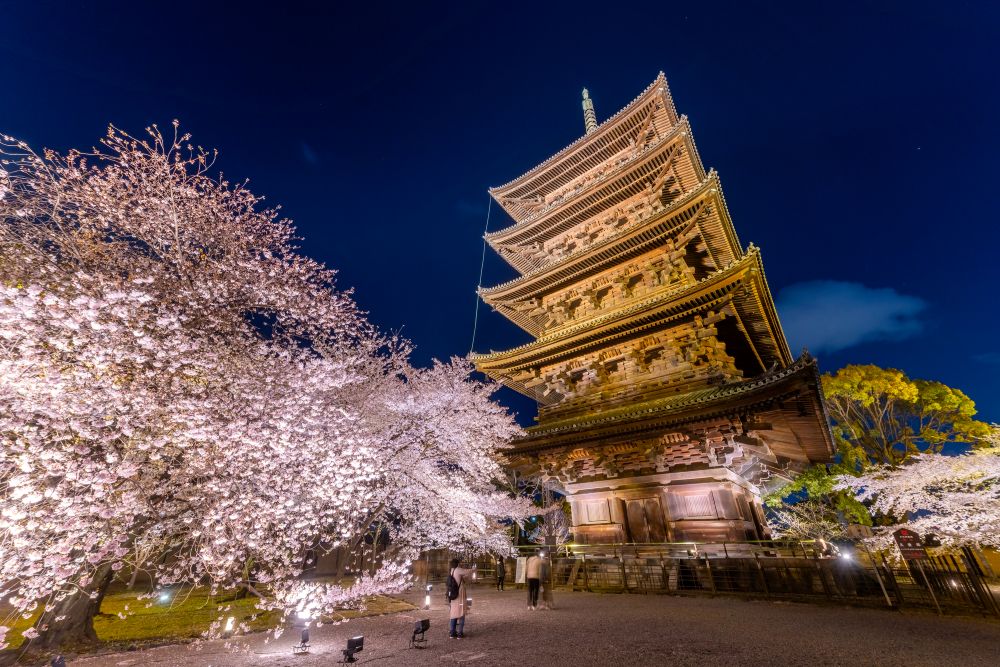
March 15 – April 13, 2025
As of January 10, 2025, only the dates for this year’s night cherry blossom illumination have been announced—so more details are still to come.
At Tō-ji, you’ll find the magnificent “Fuji-zakura,” a giant weeping cherry tree, along with about 200 blooming Somei Yoshino cherry trees. Together with the iconic Five-Story Pagoda, they create an absolutely breathtaking sight.
The best time to see the cherry blossoms here is usually early April. From the first blossoms to full bloom, Tō-ji is the kind of place you’ll want to visit more than once to take in its changing beauty.
| Nighttime Cherry Blossom Illumination (Special Evening Viewing of the Kondo & Kodo) Adults & High school students: ¥1,000 Junior high school students & younger: ¥500 |

The Original Flea Market: Tō-ji Kōbō-ichi & Antique Market

On the 21st of every month, Tō-ji hosts the Kōbō-ichi Market, and on the first Sunday of each month, the Antique Market takes place.
At the Kōbō-ichi, you’ll find over 1,000 stalls selling everything from antiques to food—just wandering around is an experience in itself.
The Antique Market is said to be one of the largest in Japan, affectionately known as the “Garakuta Market” (or “flea market”) and loved by the locals as a lively festival. If your visit lines up with the schedule, it’s definitely worth stopping by.
For the latest finds and vendor updates, check out Tō-ji’s official Instagram—a handy resource for planning your trip.
How to Get to Tō-ji
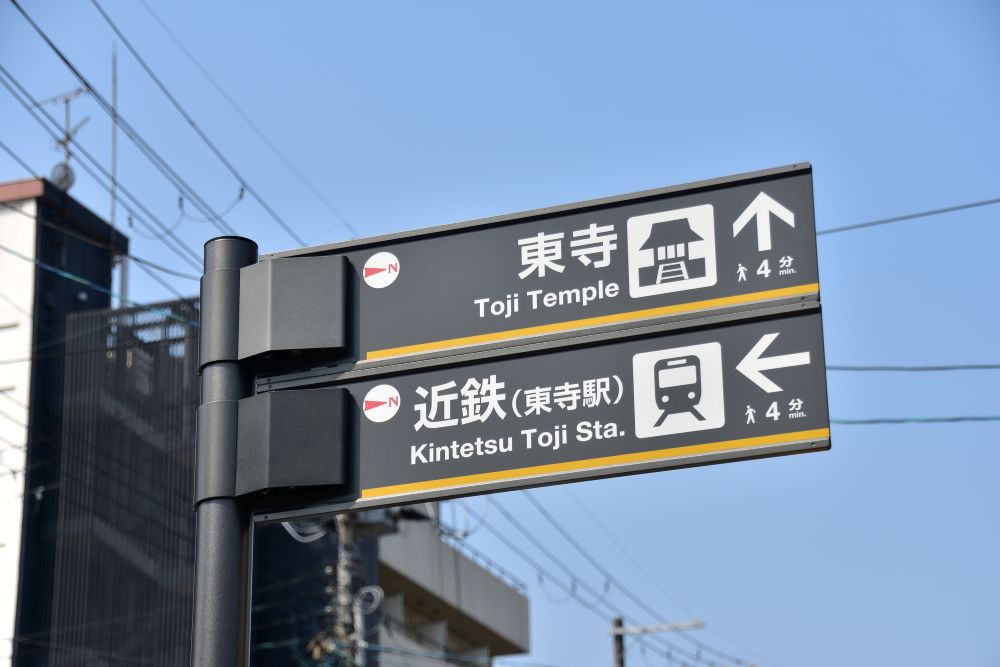
Tō-ji is about a 15-minute walk from Kyoto Station’s Hachijō Exit, making it quite easy to reach on foot.
If you’re coming by Kintetsu Railway, simply get off at Tō-ji Station—it’s just a 10-minute walk from there.
If you’re using the Keihan Railway, you’ll need to transfer to the Kintetsu Line. Change trains at Tambabashi Station, then ride to Tō-ji Station and walk 10 minutes.
From the Hankyu Railway, get off at Ōmiya Station and transfer to a city bus (routes 18, 71, or 207). Get off at “Tō-ji Higashi-mon-mae” bus stop, and the temple is only a 1-minute walk away.
Take advantage of these convenient transport options, and be sure to explore the surrounding attractions while you’re here.
| Tō-ji Temple – Visitor Information Address: 1 Kujō-chō, Minami-ku, Kyoto, Kyoto Prefecture Telephone: 075-691-3325 Opening Hours Kondo & Kodo: 8:00 AM – 5:00 PM Kanchiin: 9:00 AM – 5:00 PM (Check the official website for details on special evening viewings.) Admission Miedo Hall and the Refectory: Free Kondo & Kodo: Partial admission fee required Official Website:https://toji.or.jp/ |
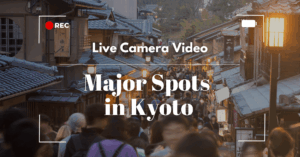
Nearby attractions
